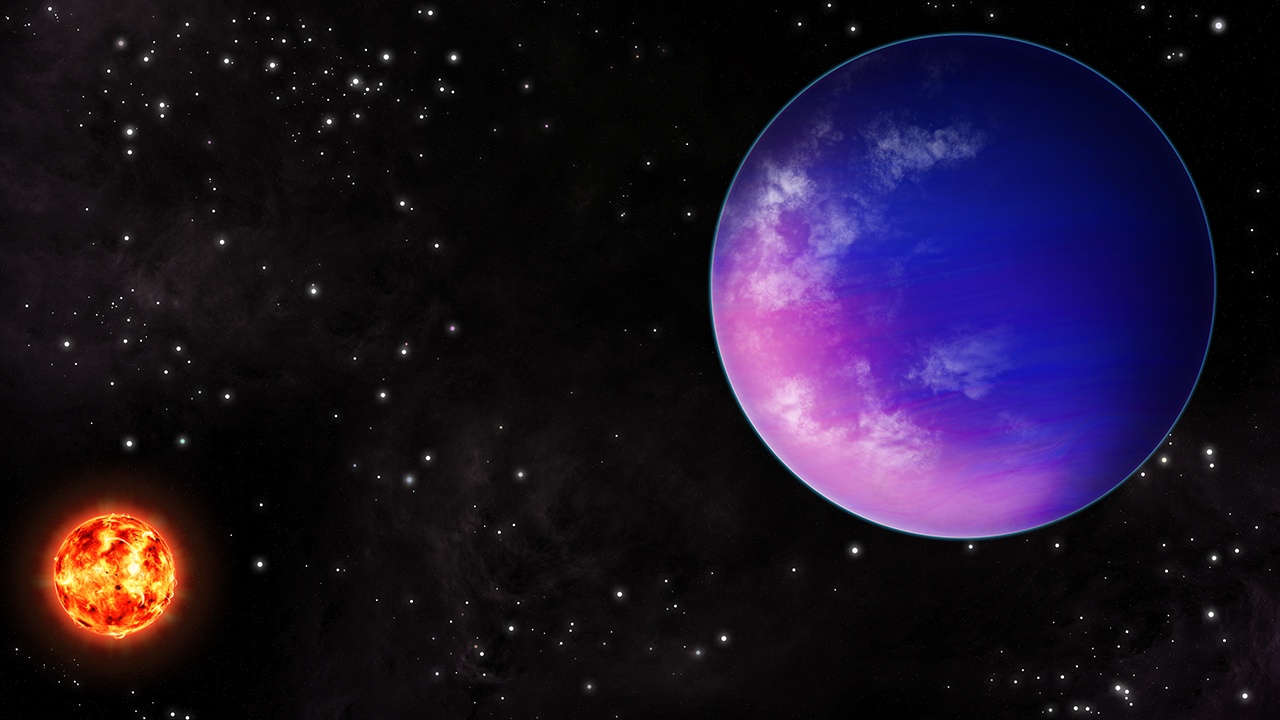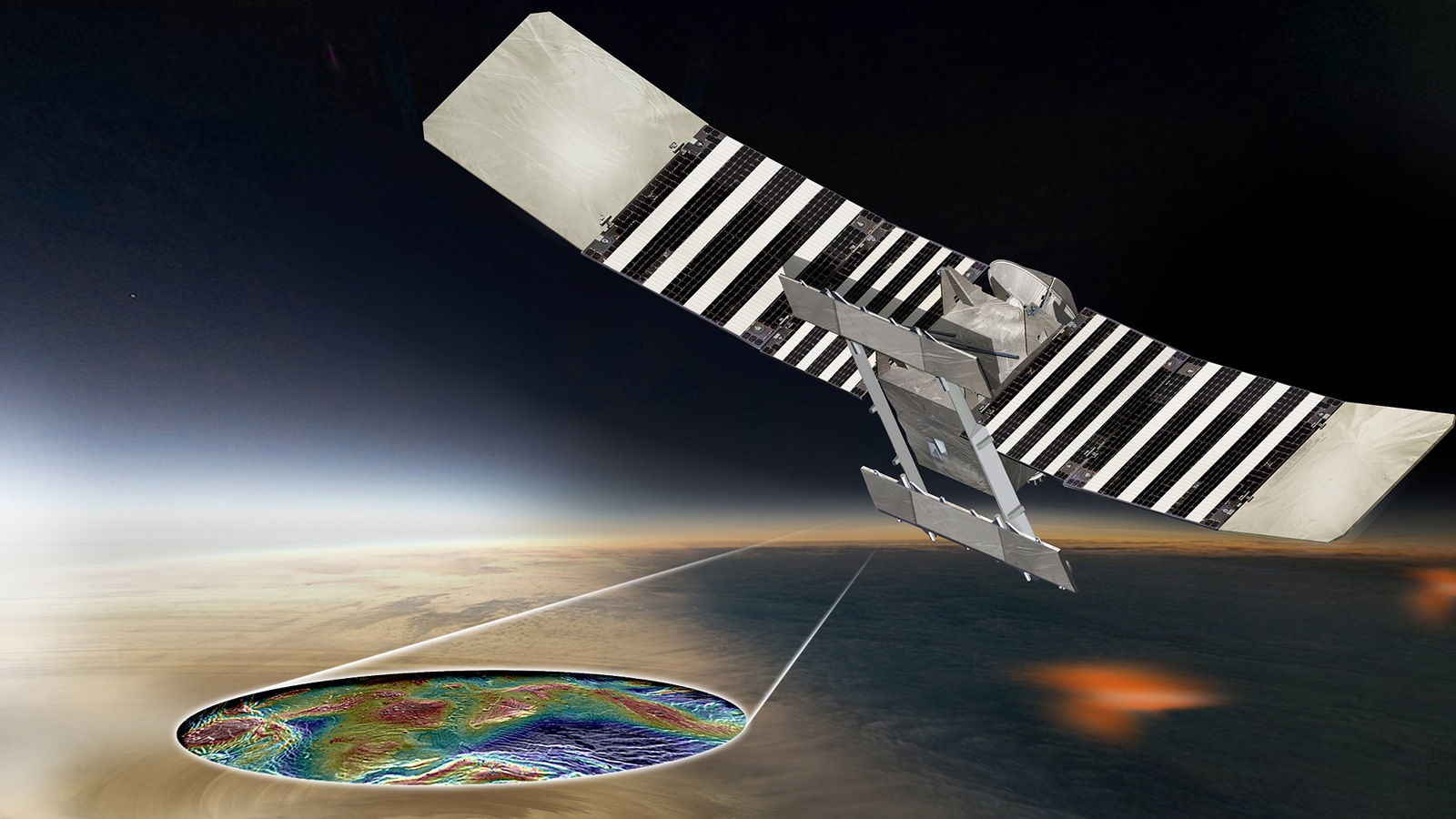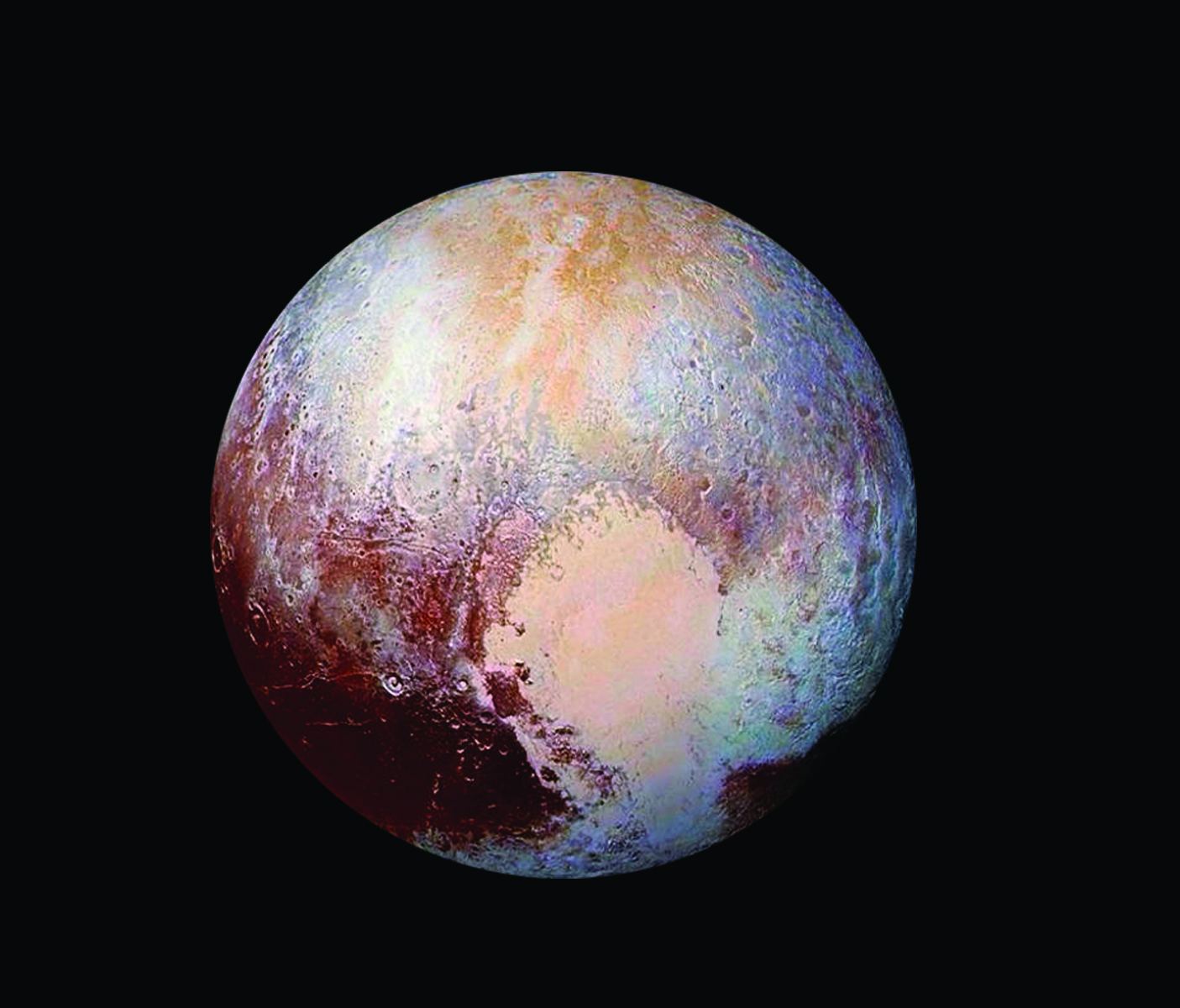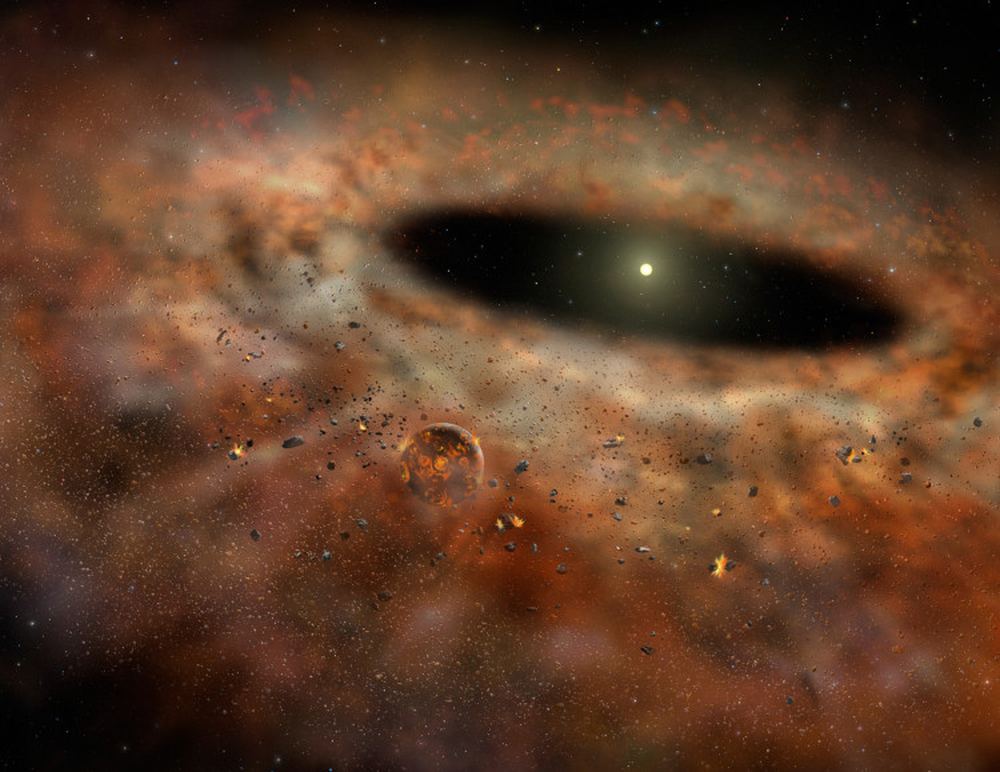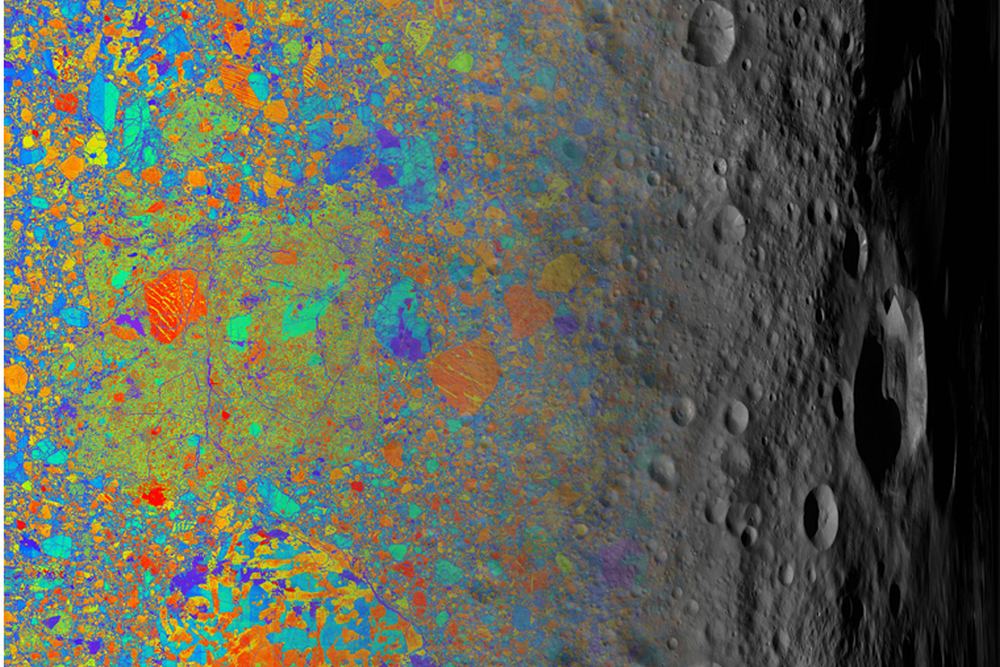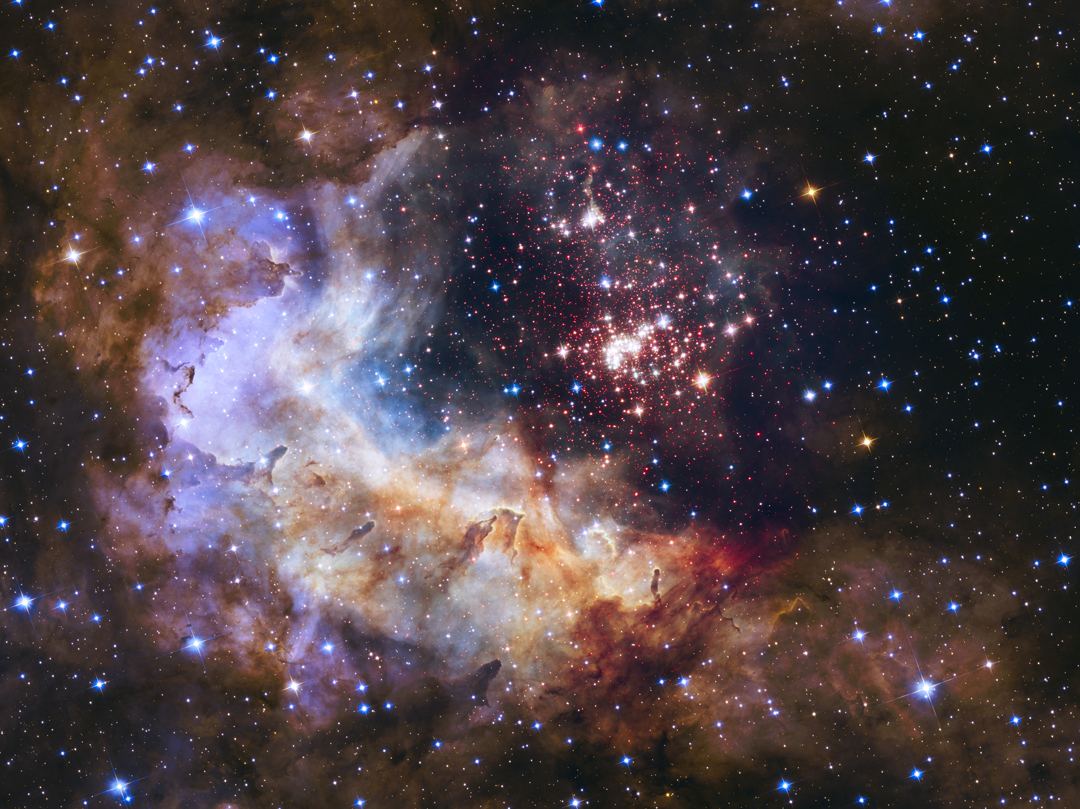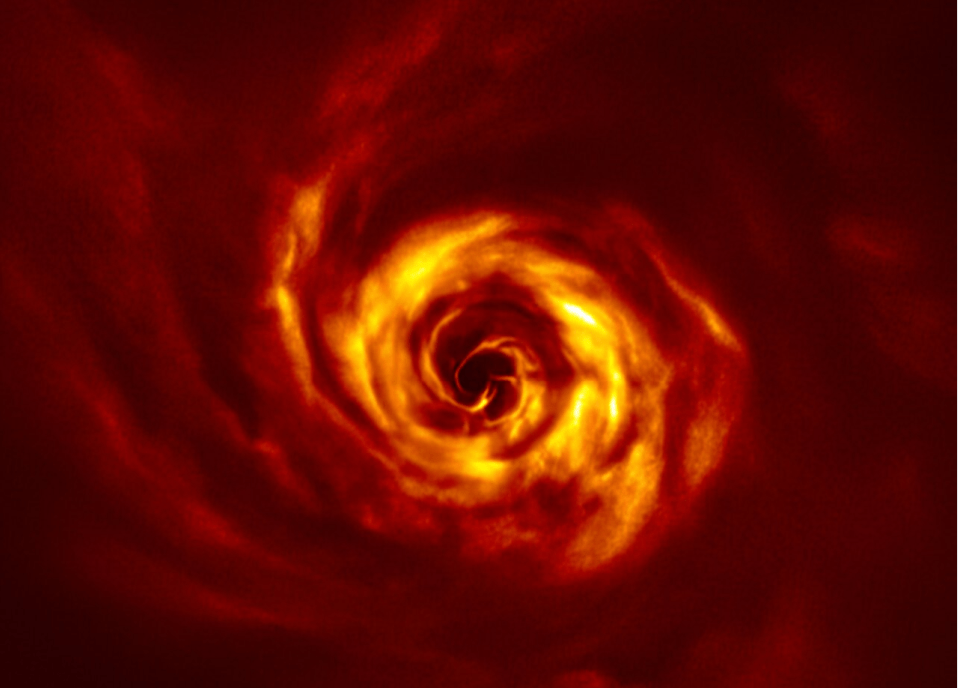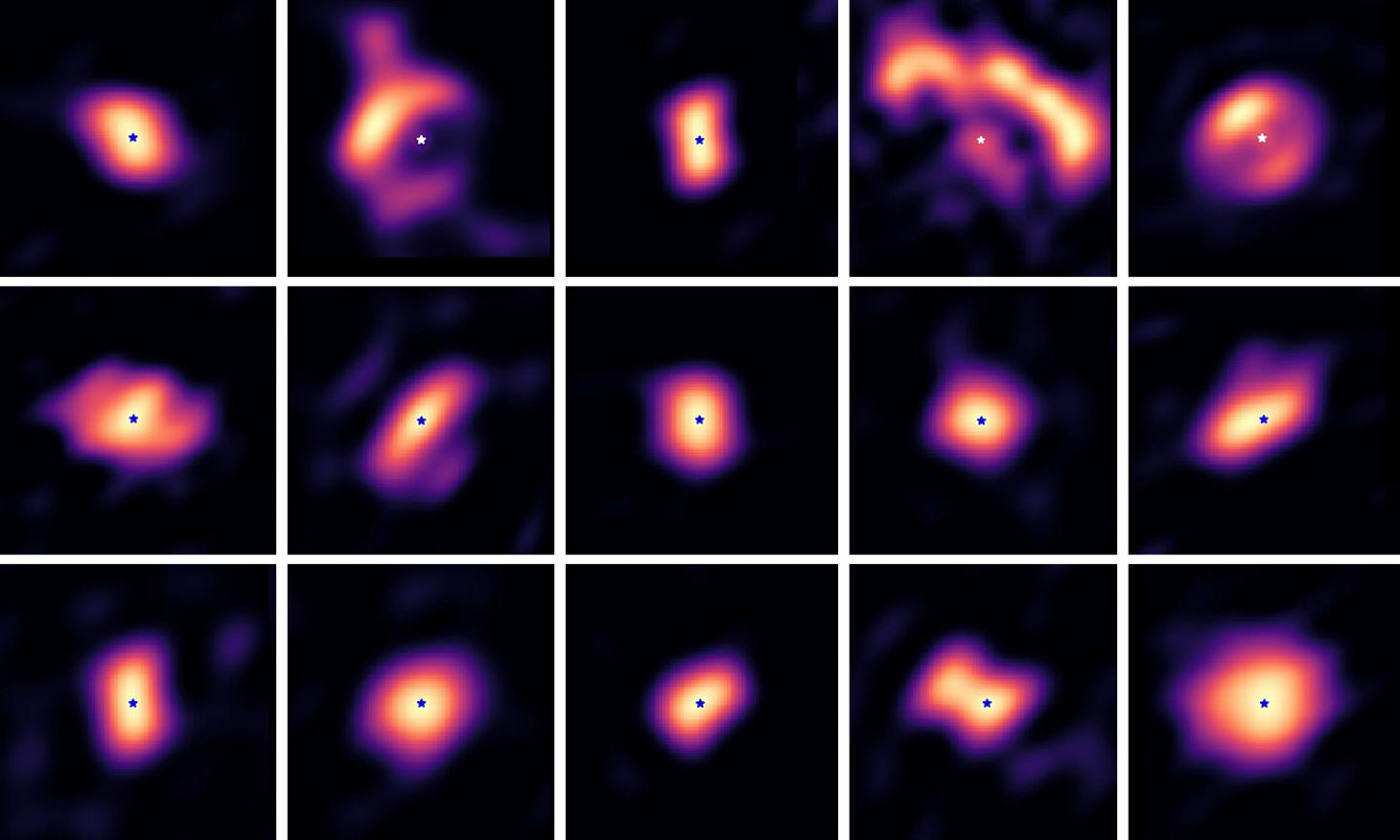Astronomers have found another strange exoplanet in a distant solar system. This one’s an oddball because its size is intermediate between Earth and Neptune, yet it’s 50% more massive than Neptune.
Astronomers have found what they call “puff planets” in other Solar Systems. Those are planets that are a few times more massive than Earth, but with radii much larger than Neptune’s. But this planet is the opposite of that: it’s much more massive than Neptune, but it also has a much smaller radius. Super-dense, not super-puffy.
This oddball planet is calling into question our understanding of how planets form.
Continue reading “A Strange Planet has been Found that’s Smaller than Neptune But 50% More Massive”
